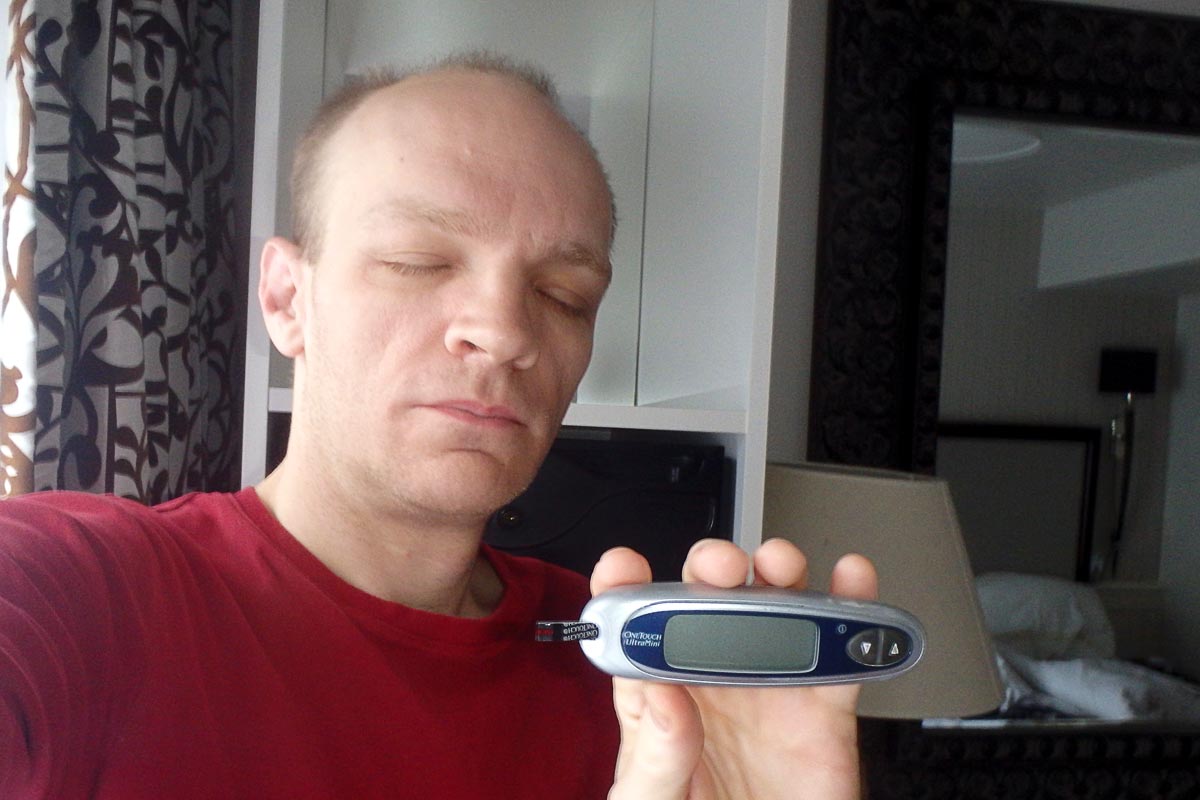
We're just following ancient history
If I strip for you, will you strip for me?
—Adam Ant
I recently had an experience that prompted me to conduct a Twitter poll about the reliability of readings on blood glucose monitors (BGMs). The results surprised me – most diabetics seem to have had bad experiences at one time or another. It made me think of BGMs and traveling – and what you have to do while traveling to make sure you can check BG as much as you need to.
It often means finding local versions of what you use, or a local device you’ve never heard of.
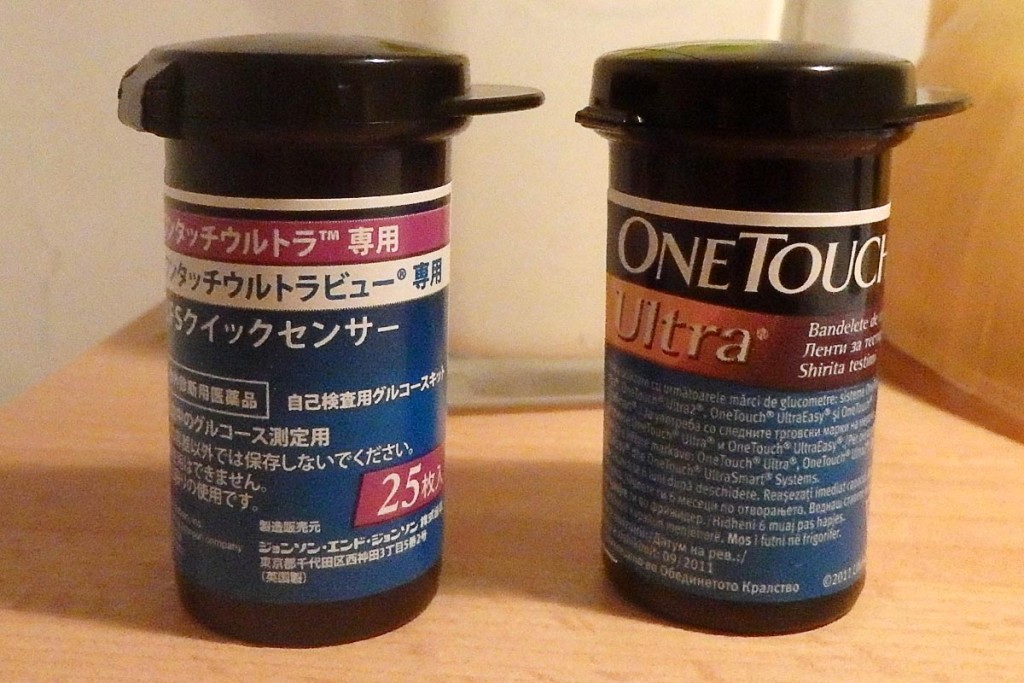
OneTouch Ultra strips — in Japanese and in Serbian ‘n’ Albanian.
Why I conducted the poll
If I recall correctly, and unbelievable as it now seems, I’ve been using the same OneTouch UltraMini blood sugar monitor since August 2007. I’ve had to replace the battery maybe twice in all that time. I check 4-6 times a day, and I’ve never had any reason to suspect that its readings were inaccurate.
Of course, like all T1Ds I’ve had several instances of being surprised by readings, but I always instantly realized that they were in fact correct. We optimistic type of diabetics often assume our BG is around 125, even when it’s 330. Yet another reason to always check.
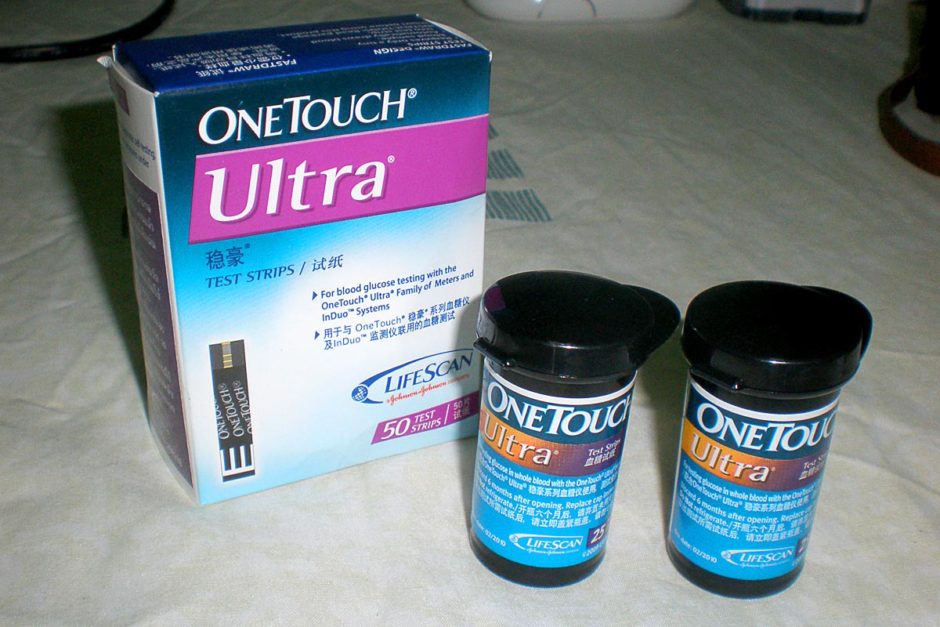
Chinese OneTouch Ultra strips.
But a few days ago I was feeling fine a little while after lunch – mid-100s, I guessed. Not perfect (not between 70 and 130) but not too bad. I checked and was genuinely shocked – the OneTouch said I was 299.
299?! I stared at the screen, uncomprehending. And tried to find that feeling within myself: if I’m that high, I want to feel it. Knowledge is better, even when the info is painful. But I couldn’t. I just didn’t feel high.
So I did something I never do: I checked again. Twice more, in fact. All in all, my three BG checks in three minutes (on three different fingers) were 299, 260, and 295.
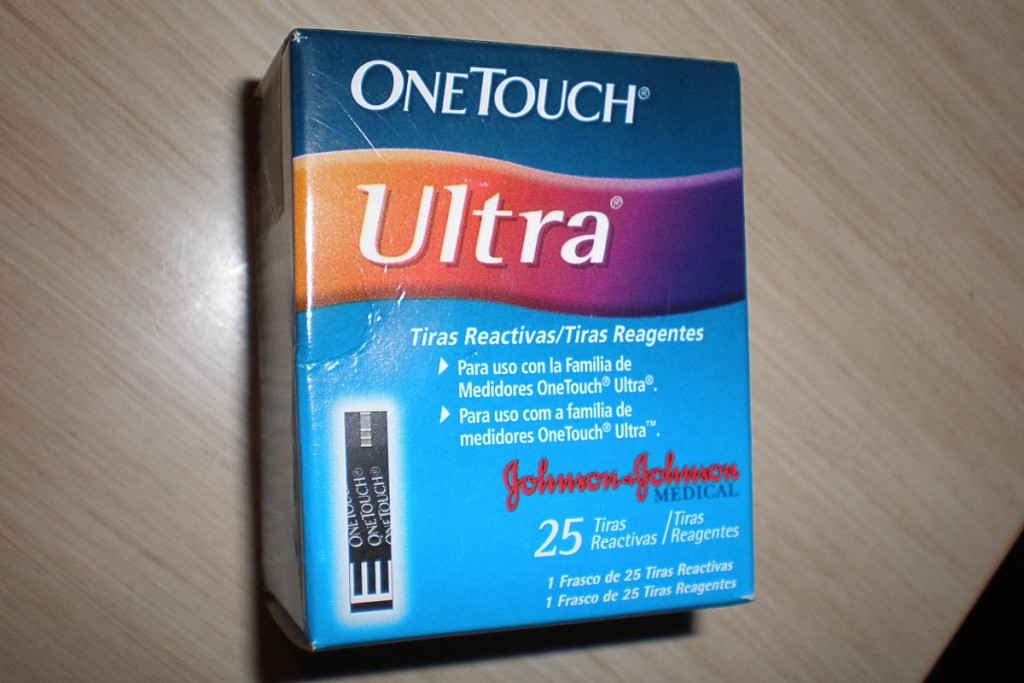
Spanish-language OneTouch strips from a Mexican pharmacy.
Basically consistent, if nothing else. But because I’d never had any reason to doubt the machine, I convinced myself, tentatively, that it was accurate. And I was planning on eating an afternoon snack so I took enough insulin to handle it and to bring me down from the upper 200s. If that’s where I indeed was.
Four hours later I was 107. You win, OneTouch; the 260 had been accurate.
All this made me wonder what others’ experiences were with their BG monitors. I’ve had Type 1 diabetes since 1982 and I can’t recall ever having a reading that was wildly off, on any of the several machines I’ve used in my life.
The Twitter poll results
So I asked my followers on Twitter (@T1DWanderer) the following question:
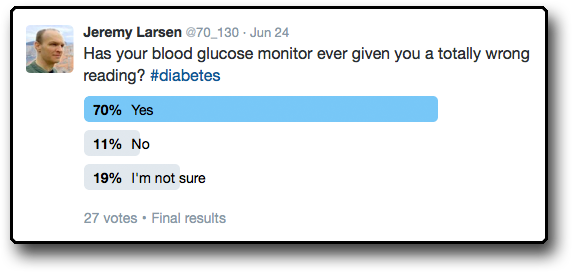
“Has your blood glucose monitor ever given you a totally wrong reading?”
As you see, with 27 votes, 70% said yes, and only 29% said no or not sure. (I didn’t vote myself, but would have probably voted “I’m not sure.”)
That’s an overwhelming result – 70% have had readings that they knew to be inaccurate. How frightening. Bad data is not cool for diabetics.
Checking BG while traveling
So what do you do if you’re traveling and your BGM starts to go? Well, given the right attitude, it can be kind of fun: you might have to get a local version of a BG monitor. How exotic!
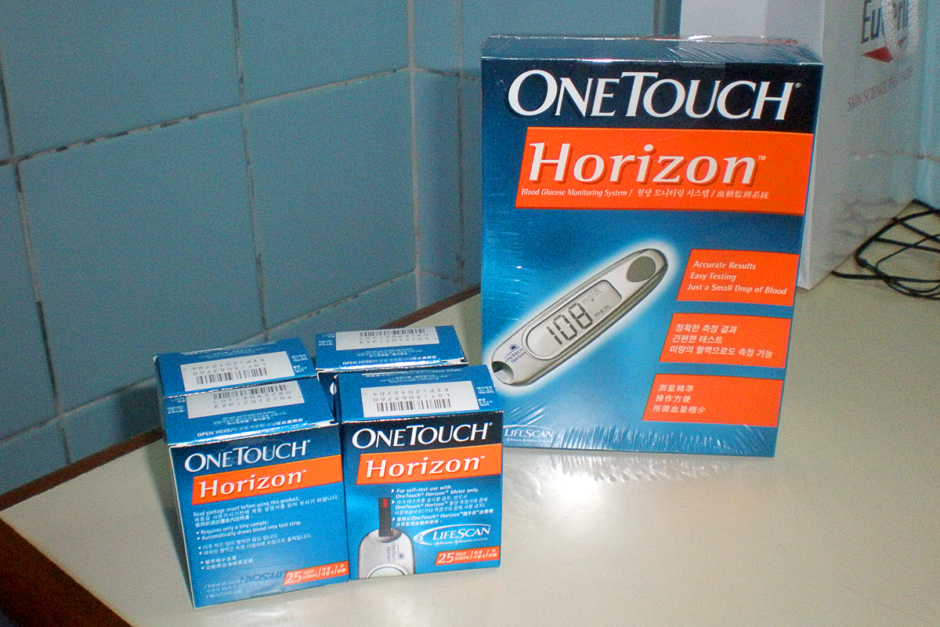
My new OneTouch Horizon gear. Packaging in English, Korean, and Chinese; purchased in Thailand.
For example, I was once in a town called Surin, Thailand, and needed strips (for this same OneTouch, of course). The local pharmacy didn’t carry OneTouch Ultra strips and couldn’t get them, so I ended up buying another OneTouch monitor from them called Horizon, plus strips.
So I carried around two OneTouch monitors with me, and when I’d run out of strips (in Thailand, at least) I’d already have a common local BGM. The Horizon is super lightweight and the same size as the UltraMini, so carrying both wasn’t a problem.
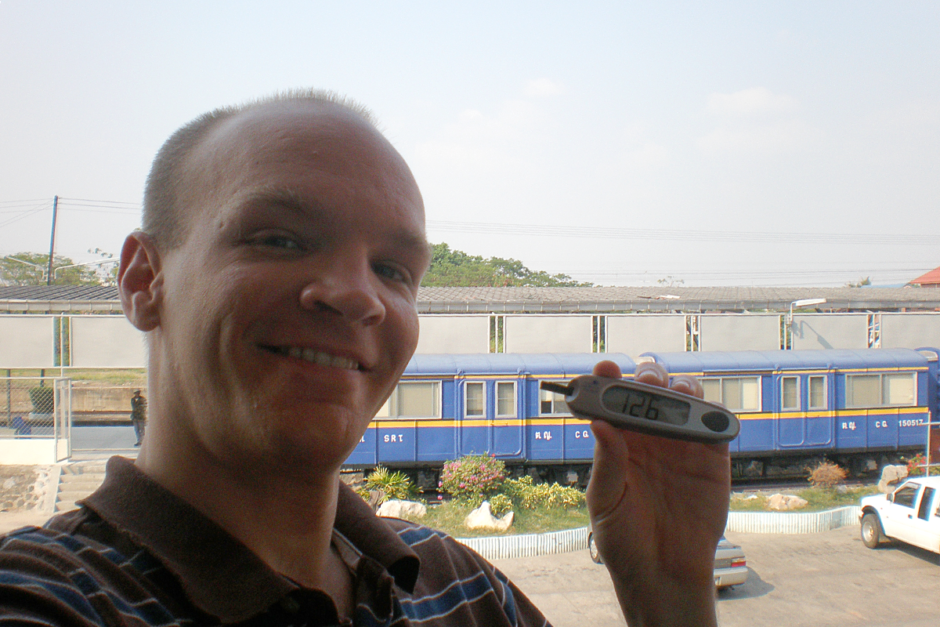
First BG check with the OneTouch Horizon – 126. I like this new monitor!
And it was cool, this unusual little machine. Its readings seemed accurate, but the point is that finding a way to check BG locally wasn’t too hard. It just required some patience and an open mind on my part. Diabetics are everywhere, and need to check their BG; pharmacies cater to them.
In other places, I’ve found strips and a variety of machines in a wide array of countries and pharmacies – Cambodia, Norway, Mexico; wherever I’ve been I’ve found what I needed (usually the actual strips for the OneTouch, but if not, something at least). Even if you have to take your chances with an unknown brand or model of monitor, supplies are around.
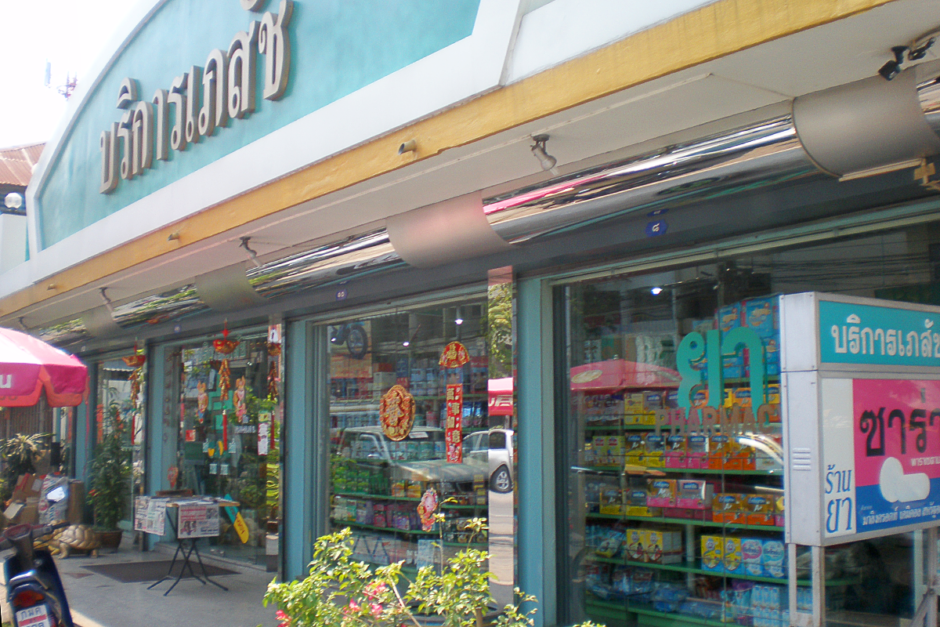
First step in buying supplies abroad: identifying which building is the pharmacy.
Hopefully, any traveling diabetic will hopefully be of curious and optimistic personality enough to give the unknown a shot, pardon the pun.
And of course all of this goes if you believe your monitor is giving you unreliable readings. Most pharmacies (and certainly clinics) should be able to check your BG right there with a reliable machine, and you could compare it with your suspect one. If there’s a problem, buy a new one, which will most likely not need a prescription and not be too pricey.
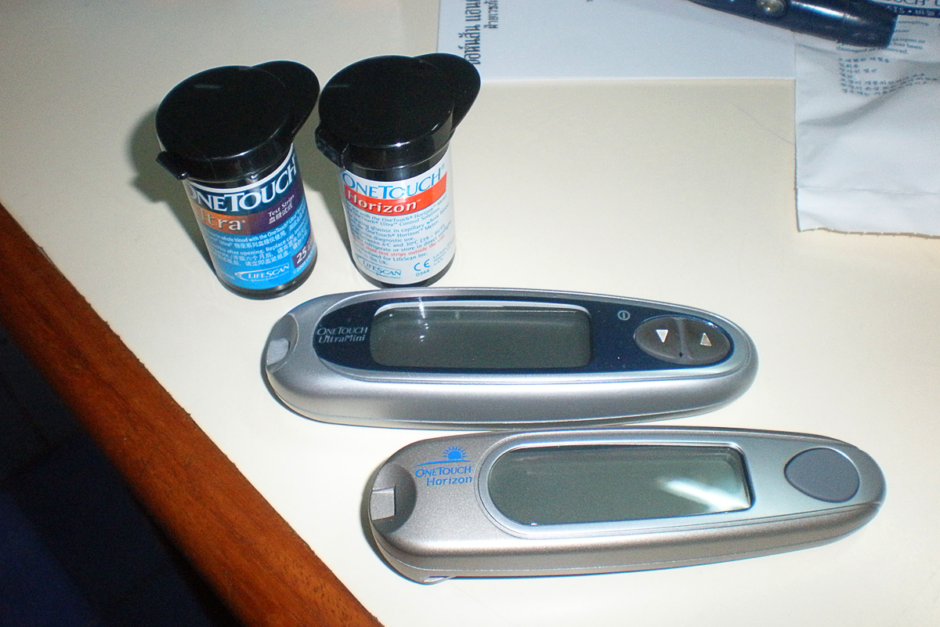
OneTouch UltraMini vs. Horizon: close enough.
Anyone traveling the world learns to rely on their wits and ingenuity, and the kindness of strangers, to get by. This goes doubly for diabetics: the condition is not something that should hold you back from exploring; it should be seen as something that provides you with more opportunities to develop that ingenuity, challenge those wits and inspire the grace of your hosts.
One thing is certain: however you do it, check your blood glucose often when traveling!
Thanks for reading. Suggested:
- Share:
- Read next: Traveling with diabetes supplies: My experiences
- News: Newsletter (posted for free on Patreon every week)
- Support: Patreon (watch extended, ad-free videos and get other perks)

Support independent travel content
You can support my work via Patreon. Get early links to new videos, shout-outs in my videos, and other perks for as little as $1/month.
Your support helps me make more videos and bring you travels from interesting and lesser-known places. Join us! See details, perks, and support tiers at patreon.com/t1dwanderer. Thanks!
